 Relief worker Brad Kerner of Save the Children says basic necessities are the immediate need in Nepal after Saturday’s devastating earthquake, which killed more than 4,000 people. He also says waterborne and infectious diseases are a risk because people are living outdoors in crowded, camp-like situations.
Relief worker Brad Kerner of Save the Children says basic necessities are the immediate need in Nepal after Saturday’s devastating earthquake, which killed more than 4,000 people. He also says waterborne and infectious diseases are a risk because people are living outdoors in crowded, camp-like situations.
Kerner says, “A lot of people are sleeping outside, so they are all homeless in a way. The longer people stay out of homes, and live in camps” clean water practices will fall short.
Save the Children was getting in medical teams. Kerner said: “We are making sure there is shelter, food and water available. We’re handing out baby kits with blankets, soap, and other necessities for newborns, who are the most vulnerable in such situations.”
___
8:45 p.m. (1500 GMT, 11 a.m.)
Help was pouring into Nepal from across the world, as countries big and small sent in medical and rescue teams to provide disaster relief.
A Nepal army spokesman says rescue workers and medical teams from at least a dozen countries were in Nepal helping local police and army rescuers.
Maj. Gen. Binod Basnyat said the teams were in different places in Kathmandu and surrounding areas. India has sent the biggest team with six helicopters and seven trucks. Seven Indian search and rescue teams and another seven medical teams were at work Monday in the worst-hit areas. They had rescued 10 people and recovered 40 bodies from the rubble of fallen buildings in different parts of Kathmandu.
China has sent a medical team and a team of experts to move through structures destroyed in the quake and help with search and rescue operations. Chinese doctors have set up a field hospital at the mountain resort town of Dhulikhel, 30 kilometers (18 miles) east of Kathmandu.
Even Nepal’s tiny Himalayan neighbor, Bhutan, has sent a medical team to help the survivors of the quake.
Medical and rescue teams from Russia, Japan, France, Switzerland and Singapore were expected to arrive in Kathmandu over the next couple of days, the army said.
___
8:30 p.m. (1445 GMT, 10:45 a.m.)
The death toll from Saturday’s earthquake in South Asia has surpassed 4,000 people.
Nepal police say on their Facebook page late Monday evening that 3,904 deaths had been counted in Nepal and 7,180 people were injured.
In addition, an avalanche caused by the earthquake Saturday killed 18 people at Mount Everest’s base camp, 61 people were killed in neighboring India, and China reported 25 people died in Tibet.
The toll is expected to rise as assessments are made in vulnerable mountain villages that have been inaccessible since the quake.
___
8 p.m. (1415 GMT, 10:15 a.m.)
Traffic jams happen all the time on the narrow, two-lane road heading north from Nepal’s capital of Kathmandu into the Gorkha district. Small landslides and impatient drivers regularly combine to stop transportation, sometimes for hours.
When it happens, drivers mingle, owners of little stalls sell potato chips and drinks, and everyone waits. And waits.
Two days after a 7.8-magnitude earthquake, the situation was critical, and the road was, like so much else in Nepal, a scene of chaos. Hundreds of heavy trucks, buses and cars stood still. Those waiting included rescue workers and trucks bringing food and supplies for the injured and homeless in Gorkha, the epicenter of Saturday’s quake.
“This traffic jam, it is nothing new,” said Uma Shankar Prasad, a 32-year-old Indian construction worker heading back home because he was terrified that more earthquakes could happen. “Traffic jams happen all the time. I’ll wait as long as it takes.”
The jam, though, made room for no one.
As darkness fell Monday evening, the traffic showed no sign of moving.
___
7:30 p.m. (1345 GMT, 9:45 a.m.)
An engineer who works on earthquake risks says the 7.8-magnitude temblor that struck on Saturday may not be the Big One for Nepal.
GeoHazards International’s Hari Kumar says: “We were expecting an 8-magnitude to happen along the Himalayas, this is not it.”
Kumar is the Southeast Asia regional coordinator for the non-profit group that works on assessing and managing quake risks worldwide.
Immense seismic pressure is still building up along the Nepal-India border, and he says, “The stress which was developing west of this earthquake has not been released.”
Nepal’s worst recorded earthquake was an 8.0-magnitude temblor in 1934 that all but destroyed the cities of Kathmandu, Bhaktapur and Patan.
Kumar said he hoped Nepal would be able to look beyond the horror and see a chance to rebuild properly. “For Kathmandu, this is their moment of change. I know it is a tragic time, many of their buildings are (fallen) down, but I think this is their time to turn it around.”
___
7:15 p.m. (1330 GMT, 9:30 a.m.)
World Vision aid worker Matt Darvas reached Nepal’s Gorkha district, the epicenter of Saturday’s powerful quake, early Monday afternoon. He said almost no aid had reached there ahead of him.
He told the AP by telephone: “It does not seem aid is reaching here very quickly.”
Landslides and other destruction delayed attempts to reach the district earlier, but Gorkha is feared to have extensive damage.
Darvas says most of the newer concrete buildings were intact after the quake but remote mountainside villages were reportedly devastated.
He says, “Further north from here the reports are very disturbing.” He says up to 75 percent of the buildings in Singla may have collapsed and the village, a two-days walk away, has been out of contact since Saturday night.
Local officials lost contact with military and police who set out for Singla, and Darvas says helicopters have had to turn back because of clouds.
He says a few SUVs with foreign tourists bringing basic aid supplies had begun to reach Gorkha by early evening.
___
6:15 p.m. (1230 GMT, 8:30 a.m.)
Chaos has reigned at Kathmandu’s small airport since the earthquake, with the onslaught of relief flights causing major backups on the tarmac.
Sitanshu Kar, India’s defense ministry spokesman, tweeted that four Indian air force aircraft carrying communication gear, aid supplies and rescue personnel were forced to return to New Delhi on Monday because of airport congestion.
India was planning to resend the two C-17 Globemasters, one C-130 Hercules and one Ilyushin IL-76 back to Nepal later Monday night, when the situation was expected to have eased.
Nepal’s government says the needs of its people are acute, with 3,700 dead and the toll expected to rise. Also, more than 6,300 people are injured, and tens of thousands lost homes.
___
5:45 p.m. (1200 GMT, 8 a.m.)
All mountaineering on the Chinese side of Mount Everest was cancelled after Saturday’s earthquake.
China’s official Xinhua News Agency says more than 400 climbers from 20-plus countries were on the northern side of the world’s highest mountain and were reported safe after they descended to lower elevations.
Xinhua quoted an official with the Tibetan bureau of sports as saying that an avalanche at 7,000 meters (23,000 feet) and the possibility of further aftershocks was considered to have made climbing too dangerous. There was no word on when the ban would be lifted.
The Chinese side of Everest is less popular with climbers, in part because a special permit is required to enter Tibet. But it is an alternative to the heavily trafficked Nepalese side, and it is growing popular especially with Chinese climbers.
__
4:45 p.m. (1100 GMT, 7 a.m.)
Doctors Without Borders is sending eight teams to provide medical aid and other relief in Nepal after Saturday’s earthquake.
The group says four of the teams were trying to crossing the border from India’s Bihar state, a team from New Delhi is heading to Kathmandu and a team from Japan is heading to the Kathmandu Valley.
A team of eight staff with surgical skills left Brussels and will set up a surgery unit as well as run mobile clinics. And a team from Amsterdam is departing Monday with medical, water and sanitation relief.
The government says more than 6,300 people were injured in the quake and Nepal is short of medical staff, medicine and rescue helicopters to transport the injured.
__
3.45 p.m. (1000 GMT, 6 a.m.)
Lila Mani Poudyal, the government’s chief secretary and the rescue coordinator, appealed for more help from the international community, saying Nepal was short of everything from paramedics to electricity.
“We are appealing for tents, dry goods, blankets, mattresses, and 80 different medicines … that we desperately need now,” he told reporters. “We don’t have the helicopters that we need or the expertise to rescue the people trapped.”
Once people are pulled from the wreckage, he noted, even more help is needed, especially orthopedic doctors, nerve specialists, anesthetists, surgeons and paramedics. “We are appealing to foreign government to send these specialized and smart teams.”
The recovery situation was also being slowed because many workers — water tanker drivers, electricity company employees, laborers to clear debris — have “all gone to their families and (are) staying with them, refusing to work.”
__
3.30 p.m. (0945 GMT, 5:45 a.m.)
The French foreign minister says two French citizens have been confirmed dead.
Laurent Fabius said in a statement broadcast on French TV BFM that the two victims were killed in a landslide triggered by the quake.
Fabius said authorities have located 1,400 French people in Nepal and are still trying to contact 676 others. Ten French citizens are known to have been injured.
__
2.30 p.m. (0845 GMT, 4:45 a.m.)
A respected consultancy says the long-term cost of reconstruction after Saturday’s earthquake could be more than $5 billion, or about 20 percent of Nepal’s GDP.
Rajiv Biswas, Asia-Pacific Chief Economist for the Colorado-based consultancy services IHS, says Nepal has extremely limited capacity to finance relief efforts and reconstruction from its own resources.
“The total long-term cost of reconstruction in Nepal using appropriate building standards for regions vulnerable to severe earthquakes could exceed $5 billion, which is around 20 percent of Nepal’s GDP,” he says.
Nepal’s annual per capita GDP is only $1,000, and the average family lives in poverty.
“Massive international disaster relief and rescue efforts will be needed urgently, as well as large-scale international financial and technical assistance for long-term reconstruction of the economy,” says Biswas.
(AP)


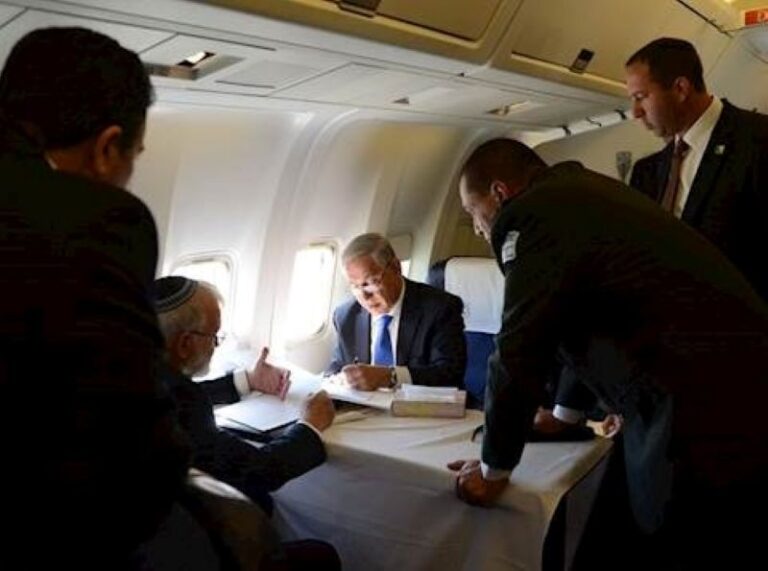
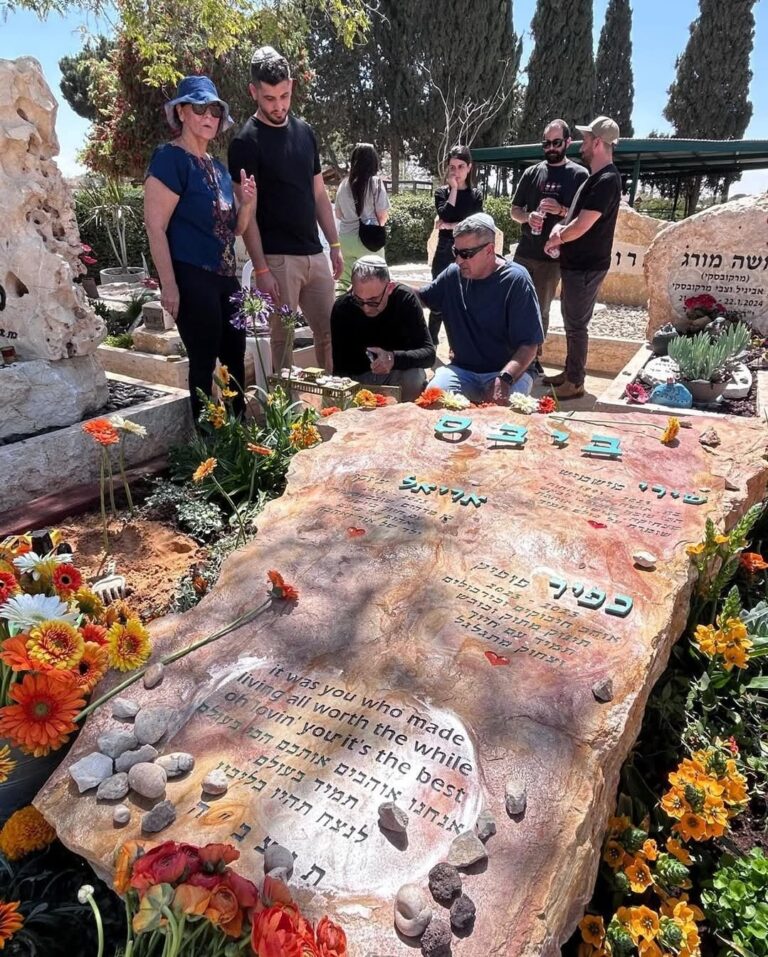




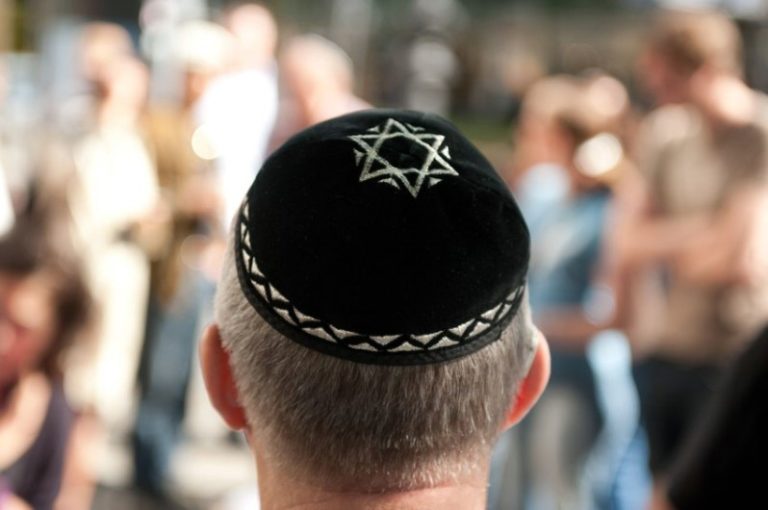
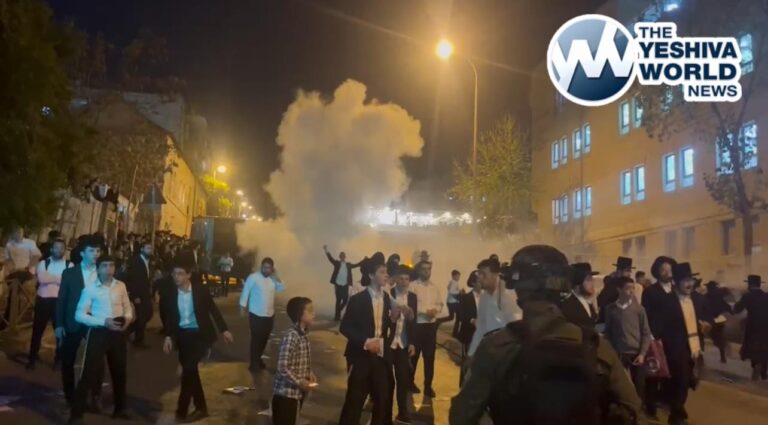
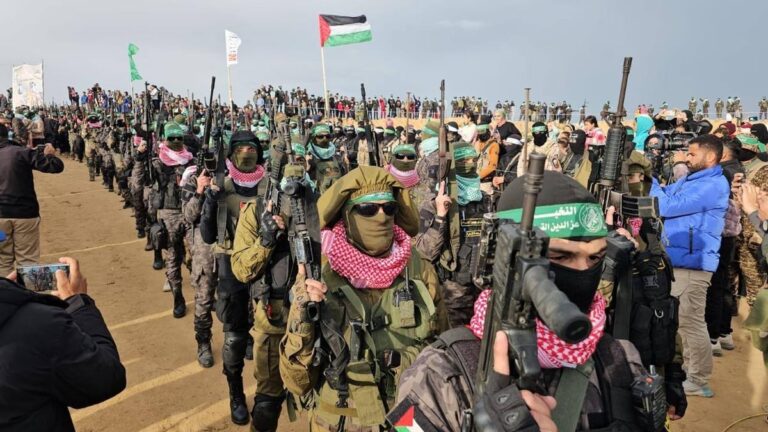
6 Responses
This is a horrible disaster. May Hashem protect the victims of this earthquake. Sometimes you just have to avoild countries that spell trouble. Nepal in Ivrit is nun pay lamed. Those letters spell nafall. Nafsll means fell. Nepal fell. Then there’s Russia. Russia in ivrit is raish shin eyin.Those letters spell evil. Russia is evil.
An observation that we as believers should note: Nepal is a country ful of avoida zora, temples etc. We clearly see the yad Hashem.
Justasec,
Whenever there used to be an earthquake in a this world country Rav Schwab would call everyone together and tell us that everything that happens anywhere in the world is a wake-up call for the Yidden.
That’s the hadracha I have from gedolim, very possibly what your saying might not be wrong however there is definitely a message to us as well
to 1
Every Country has a meaning & a destiny to its name when its read in Hebrew. Yisroel reads “Yashar & El” & its meaning of Klal yisroel is telling us that Hashem made the Jews to be his chosen nation & to go in the right ways of Hashem & his Torah. Libya Reads “Lev-Ka” the heart of Hashem & the country being sent to do Hashem will (rather it looks bad or good). Syria reads “Sar-Ka” the Angel of Hashem & being sent as another country (middleman agent) to do whatever Hashem send it to do. Mitzrayim (Egypt) reads “Metzar-Yam” from the pains of the sea, Mitzrayim did not start to be called by that name only after the miracle of the Dead sea splitting & the Egyptians drowning… it was already called that from hundreds of years before (the first time it says it in the Torah is when Avraham Avinu went down to Mitzrayim to get food during a hunger). The country of Russia means “Wicked” & was chosen by Hashem with its name to be the most wicked country for many centuries (from Czar Russia to Communist Russia etc…) & not letting anyone do anything with their lives but feel like prisoners. Europe reads “Yireh-Pe” the Fear of talking, for many centuries the entire Europe was under pure fear of the government talking & not knowing what was going to happen the next hour or day… Iraq reads “ie-rak” meaning Hashem only, & being a country sent by Hashem as an agent to remind everyone that everything comes through Hashem & everyone else is agents. The same thing is read for America reading “amar-ika” meaning this is what is said-by Hashem-& everything that happens is a decree straight from Hashem (like Iraq above)
In Israel Russia is not spelled with an “eyin” it’s spelled רוסיה. Just a suggestion- maybe instead of transliterating the words from English to Hebrew use the actual Hebrew word thus, a totally different analysis of the country’s meaning maybe necessary. Perhaps this is what number 4 was saying?
To be joyfull
Thank you for your informative and very interesting article about the meaning of countries names. We can now assume that even the names of countries are a work of Hashem.